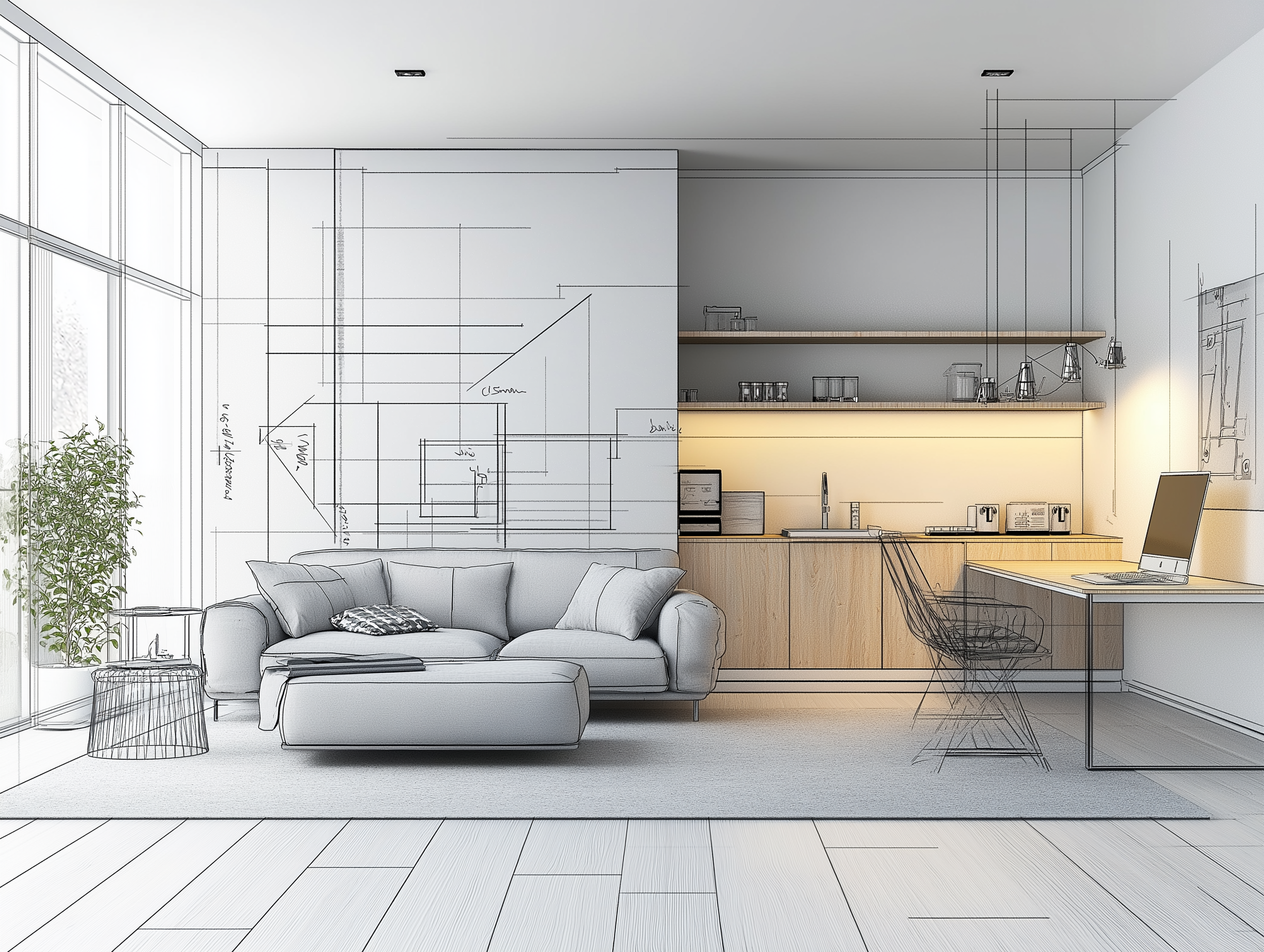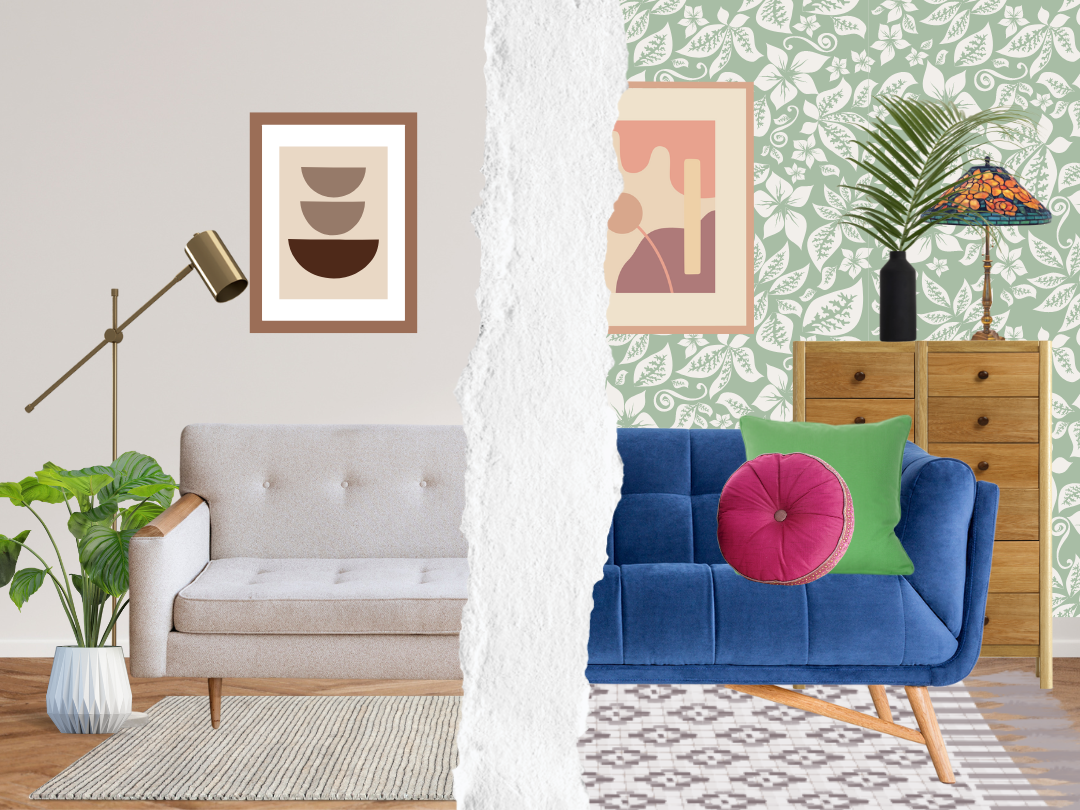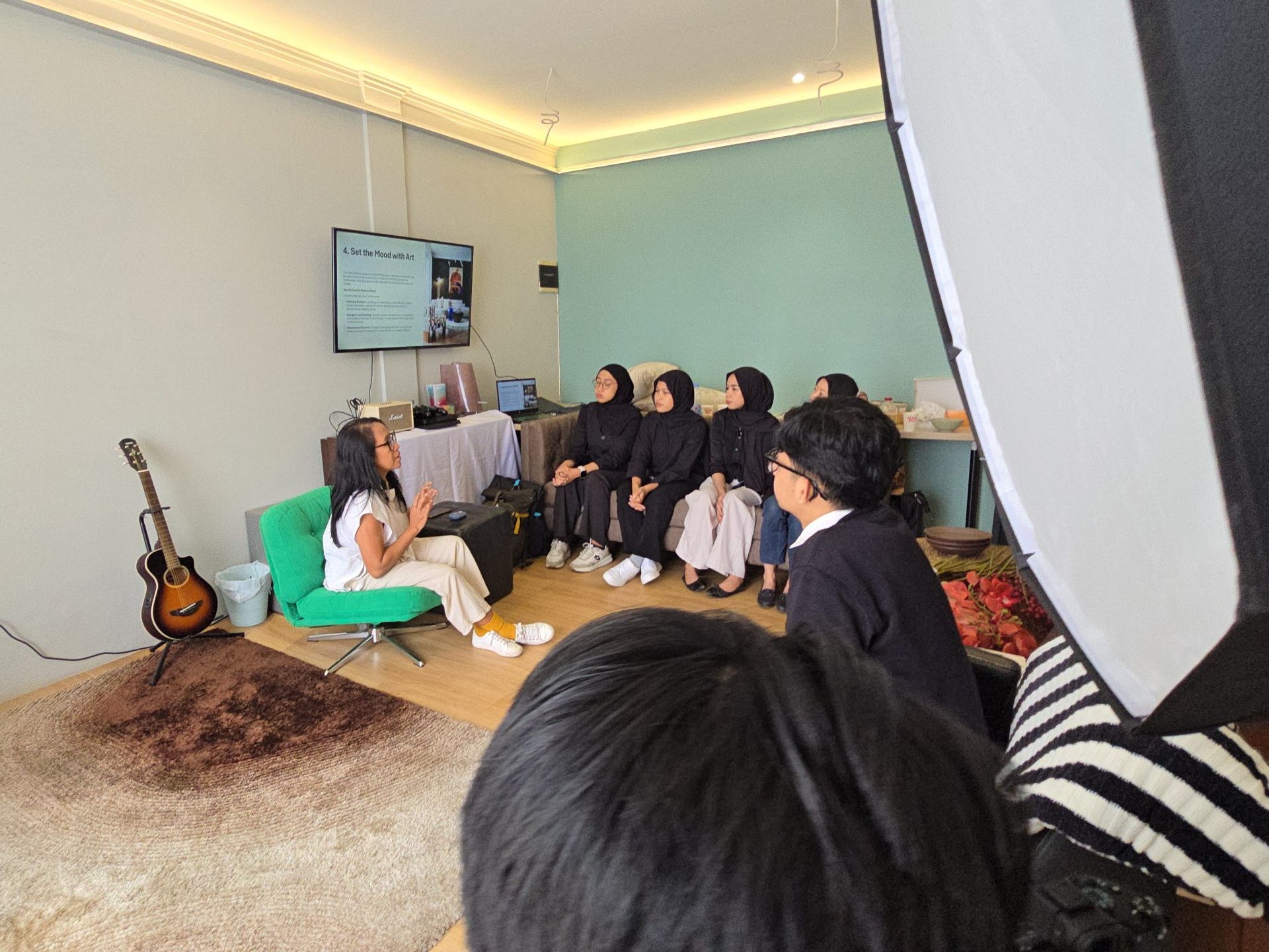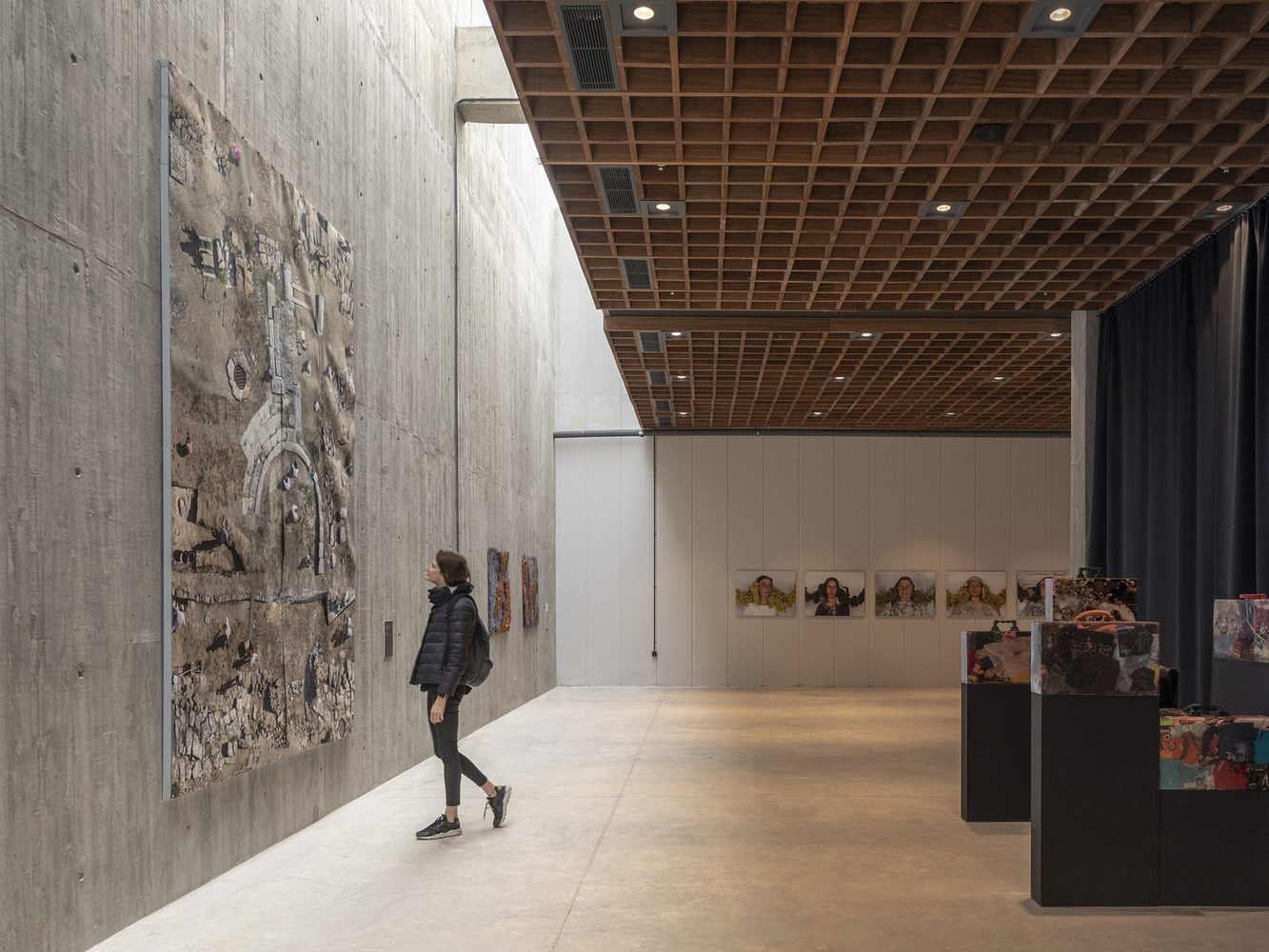
Understanding the Relationship Between Form and Function
A space that is purely functional but lacks aesthetic appeal may feel uninspiring, while a design that prioritizes aesthetics without considering usability can result in inefficiency. The key to successful interior design is finding harmony between these two elements.
Principles for Achieving Balance
1. User-Centered Design
Every space should cater to the needs of its users. Understanding the daily habits, workflows, and experiences of the occupants helps in creating spaces that are both visually pleasing and efficient.

2. Smart Space Planning
An aesthetically stunning space must also be easy to navigate. Proper zoning, circulation, and spatial organization ensure that beauty doesn’t compromise usability.

3. Material Selection for Durability and Appeal
Choosing materials that are both durable and visually appealing enhances the longevity and practicality of a design. For example, natural stone or engineered surfaces can provide elegance while being resistant to wear and tear.

4. Lighting for Function and Mood
Lighting should serve both functional and atmospheric purposes. Task lighting ensures usability, while ambient lighting creates a mood that enhances the space’s aesthetic.

5. Minimalism vs. Expressiveness
Minimalist designs focus on simplicity and functionality, while expressive interiors use bold elements to evoke emotions. The right approach depends on the intended experience of the space.

Case Studies: How We Integrate Aesthetics and Functionality
- Workspaces: Our office designs incorporate ergonomic furniture, natural lighting, and biophilic elements to boost productivity and well-being.
- Hospitality Spaces: Hotels and restaurants require a balance between luxurious aesthetics and operational efficiency, ensuring guest comfort without compromising staff workflow.
- Residential Projects: We create homes that reflect personality while optimizing space through multi-functional furniture and smart layouts.
- Retail Environments: Stores must attract customers while maintaining practical layouts that facilitate shopping experiences. We design retail spaces that enhance brand identity while ensuring optimal circulation and product visibility.
- Commercial Spaces: From flagship stores to mixed-use developments, we integrate branding, spatial flow, and materiality to create memorable experiences that balance design impact with operational efficiency.
- Workspaces: Our office designs incorporate ergonomic furniture, natural lighting, and biophilic elements to boost productivity and well-being.
At Commo Works, we believe that the best interior designs are those that seamlessly blend aesthetics with functionality. By prioritizing user experience, thoughtful space planning, and durable materials, we craft environments that are not only visually compelling but also practical for everyday use. A well-designed space should not just look good—it should work effortlessly for the people who live, work, and interact within it.



